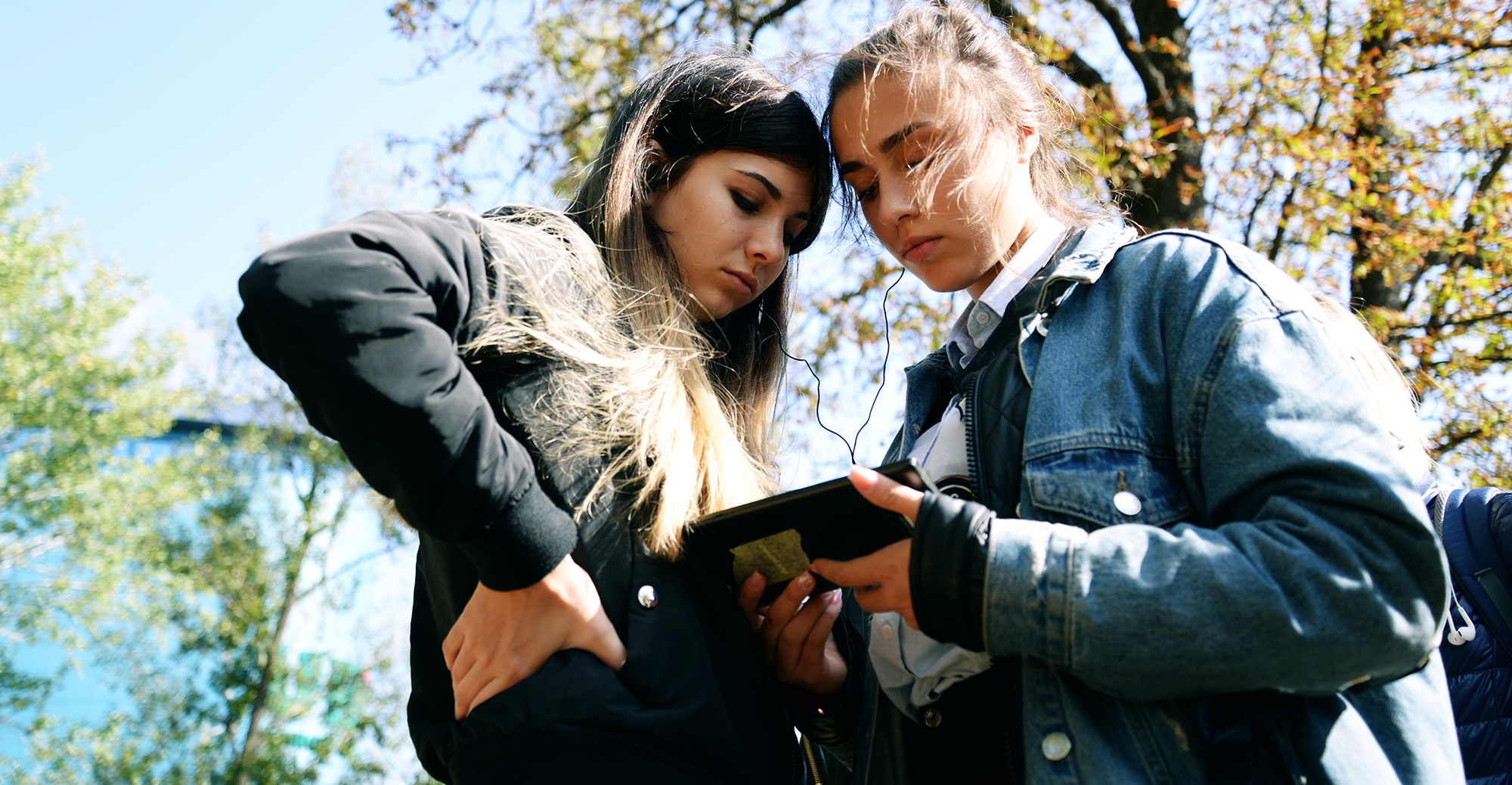New IWalk Takes Users on Virtual Tour of 1941 Babyn Yar Massacre Site

Eighty-one years ago today Nazi soldiers and their collaborators committed one of the largest single massacres of the Holocaust with the murder of close to 33,000 Jews in the Babyn Yar ravine in Ukraine.
The site of the atrocity on the outskirts of the capital Kyiv is now a memorial that people anywhere can visit with a new Virtual IWalk released by USC Shoah Foundation earlier this year.
IWalks are personalized multimedia tours that feature testimony from USC Shoah Foundation’s Visual History Archive along with carefully curated maps, photographs, and teaching material.
The Babyn Yar Virtual IWalk takes users around the memorial and massacre site while chronicling Jewish life in Ukraine before WWII and describing events that led up to the mass execution. Testimony from Jewish survivors Ruvin Shtein and Dina Levina helps humanize the surrounding spaces.
In an account of the massacre given to USC Shoah Foundation and now featured in the IWalk, Dina describes she and her family being forced from their home and marched to Babyn Yar
“At last, we came to this ravine, and it was a big, big ravine, and suddenly things became unimaginable,” Dina said. “People started to cry and scream. They saw that [the Nazis and their collaborators] were going to shoot them.”
Remarkably, Dina was one of the very few to survive. She did so by hiding under the bodies that fell on top her and then, the following morning, finding her way back to the area in which her family had lived. Once there, she was taken in and hidden by neighbors. Dina survived the war and in 1998 gave her testimony to USC Shoah Foundation from her home in Kyiv.
As well as appearing in the Virtual IWalk, Dina’s testimony features in a range of IWitness activities, affording students around the world the opportunity to learn from her remarkable story.
Lesly Culp, USC Shoah Foundation’s Interim Director of Education and Outreach, said the fusion of testimony, IWalk technology and IWitness pedagogy has created greater access to sites of memory and humanized the history.
“Bringing these difficult stories and histories to students around the world broadens their understanding of the world and informs their perspectives,” Culp said. “It also helps them see that these events took place not that long ago and not so far away.”
In this clip from the Visual History Archive Dina describes what happened when she and her family arrived at Babyn Yar on September 29, 1941.
Like this article? Get our e-newsletter.
Be the first to learn about new articles and personal stories like the one you've just read.